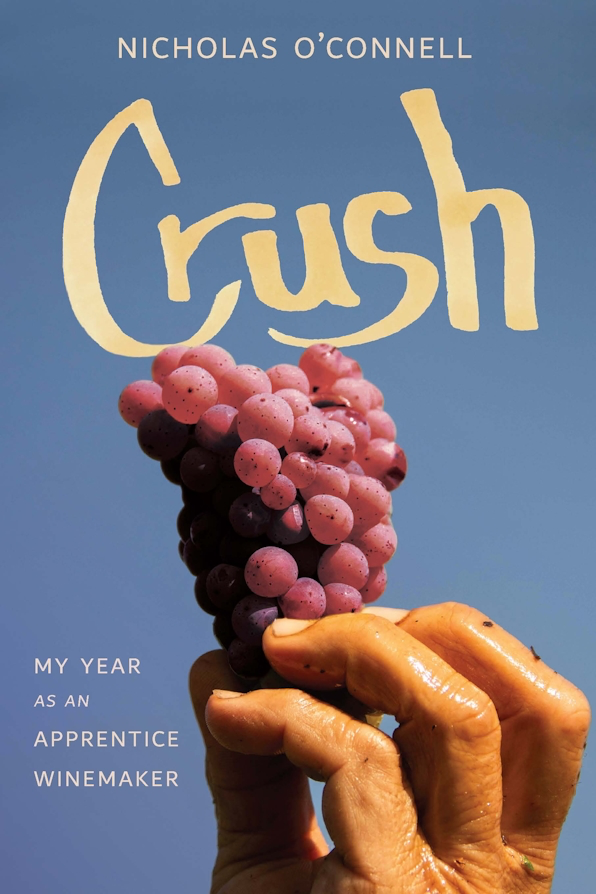
Crush: My Year as an Apprentice Winemaker, by Nicholas O’Connell (Potomac Books): In the world of wine, the term garagiste originally referred to a group of upstart Bordeaux vintners who, dissatisfied with the region’s famously tannic, long-aging wines, sought instead to align their small-lot vins de garage with international trends—big, bold, and optimized for taste-testing rather than the dinner table. As a self-described garagiste, however, the journalist Nicholas O’Connell harbors only the radical aim of making the best wine he can (with friends, of course) in his Seattle-area garage. Wonderfully attuned to the history and character of oenology in the Pacific Northwest, Crush details the informal education O’Connell received at Ciel de Cheval, Betz, and other vineyards where even well-heeled aficionados “are willing to work for a bottle of wine a day.” Rarely has the messy job of a “cellar rat” seemed so appealing. —RE
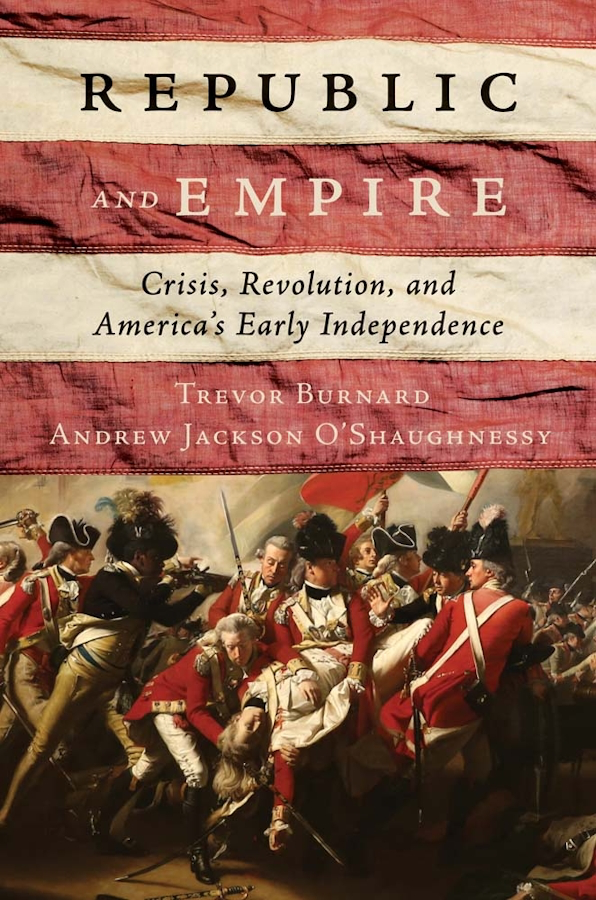
Republic and Empire: Crisis, Revolution, and America’s Early Independence, by Trevor Burnard & Andrew Jackson O’Shaughnessy (Yale University Press): In 1776, just as the Thirteen Colonies were severing their ties with Britain, thirteen other colonies, most located in the Caribbean and in Canada, stayed loyal to the British Empire. In their new book on, or rather around, the American Revolution, Trevor Burnard and Andrew Jackson O’Shaughnessy use a comparative, empire-wide approach to figure out what went wrong (or right, depending on how you see things) with the rebel colonies. In the wake of the Seven Years’ War (1756–63), as Britain was centralizing power over its expanding empire, it was the American colonists’ supposedly anachronistic misunderstanding of the British constitution that led them to revolt, Burnard and O’Shaughnessy maintain. While the authors have little time for the Patriot “conspiracy theory that there was a deliberate plan of tyranny against British North America by George III,” they also roundly debunk the 1619 Project’s claim that the revolution was motivated by the American desire to expand slavery. As the semiquincentennial looms, Republic and Empire shows how a global perspective can yield fresh insight even on a topic as well-trodden as the American Revolution. —AG
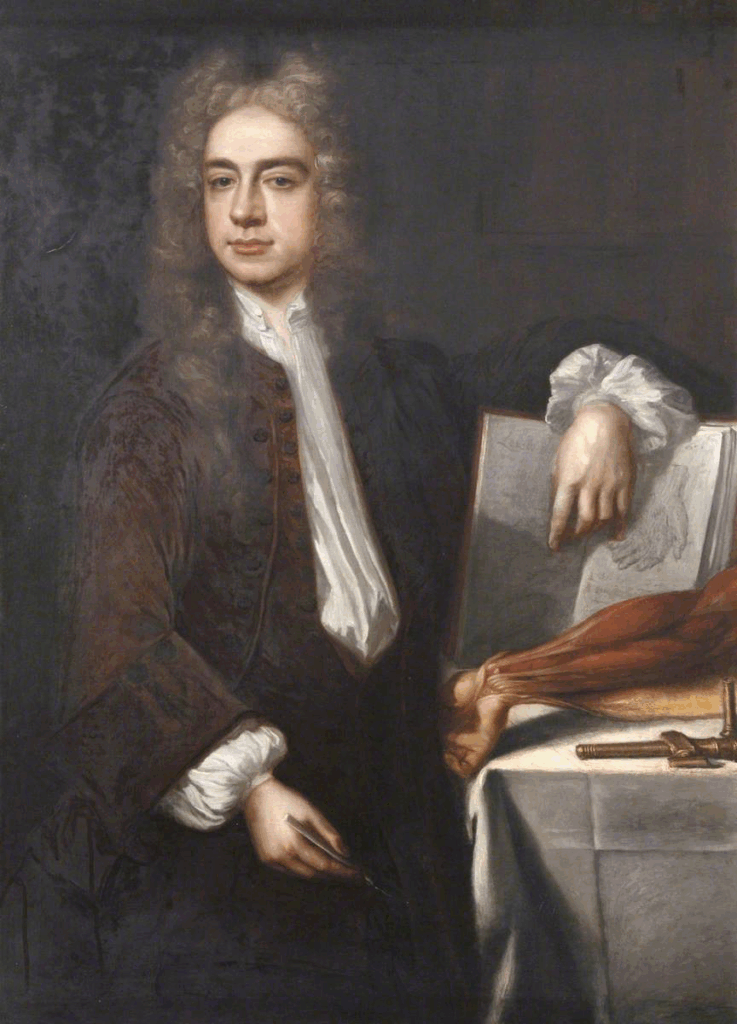
William Gandy, Portrait of John Patch, ca. 1720, Oil on canvas, Royal Albert Memorial Museum, Exeter, UK.
“Thomas Patch and the British Grand Tour in Eighteenth-Century Italy,” at the Lewis Walpole Library, Farmington, Connecticut (through December 15): Sir Horace Mann, the British Resident in Florence beginning in 1737, described Thomas Patch (1725–82) as “really a genius,” declaring that “all his productions have merit.” Those productions were multifarious: though best known for his group caricatures of milordi on their grand tours, Patch was a well-regarded painter in his own right as well as a dealer in Old Masters and antiquities. His life and work shed light on the British experience in eighteenth-century Italy, which subsequently did so much to shape the landscape back home. Through December 15, the Lewis Walpole Library operated by Yale University, presents “Thomas Patch and the British Grand Tour in Eighteenth-Century Italy,” with many objects demonstrating Patch’s varied output. On October 16, the independent scholar Hugh Belsey, the former curator of the Gainsborough’s House museum in Sudbury, Sussex, will present a lecture on Patch’s place in the eighteenth-century cultural world. —BR
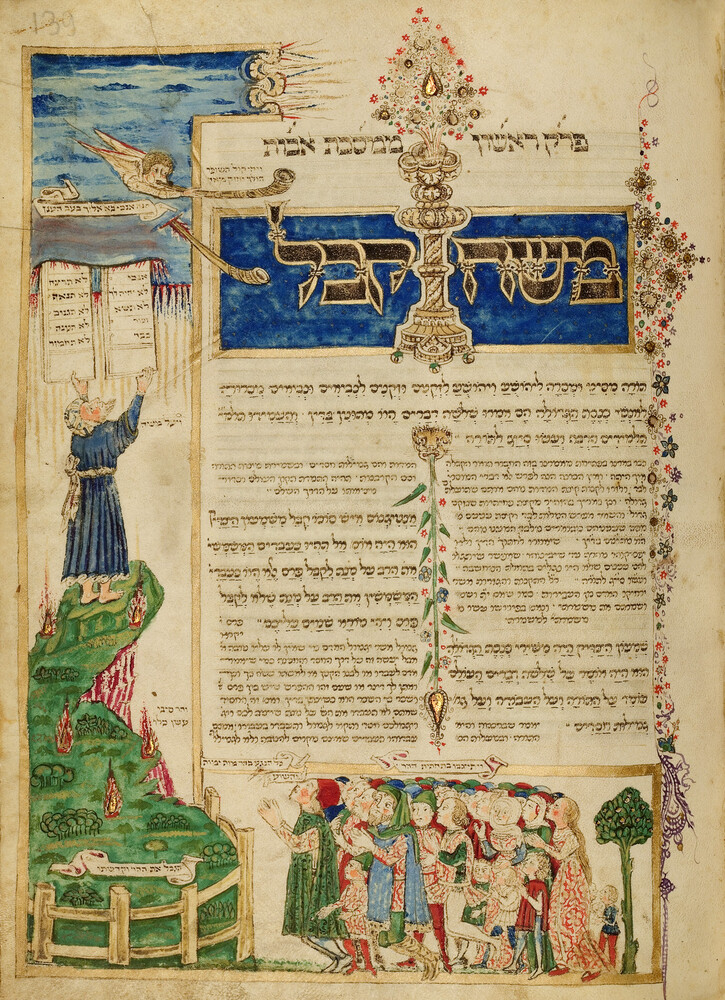
Folio 139r of the Rothschild Mahzor, 1490, Florentine manuscript, JTS Library, New York.
“Jewish Worlds Illuminated: A Treasury of Hebrew Manuscripts from The JTS Library,” at the Grolier Club (through December 27): As a “people of the Book,” Jews have relied on the written word to maintain religious continuity through a diaspora that began with the destruction of the First Temple in Jerusalem in 586 B.C. and the Babylonian Exile. “Jewish Worlds Illuminated: A Treasury of Hebrew Manuscripts from The JTS Library,” an exhibition opening this week at New York’s Grolier Club, gathers ten centuries of Jewish literature on loan from the library of the Jewish Theological Seminary, a repository of one of the world’s largest collections of Hebrew manuscripts and printed books. With more than one hundred works from Spain, Italy, France, Germany, Egypt, Iraq, Iran, North Africa, and Yemen—arranged by region—the exhibition reveals the breadth of Jewish liturgy and learning conveyed in these literary treasures from the ninth through nineteenth centuries. —JP
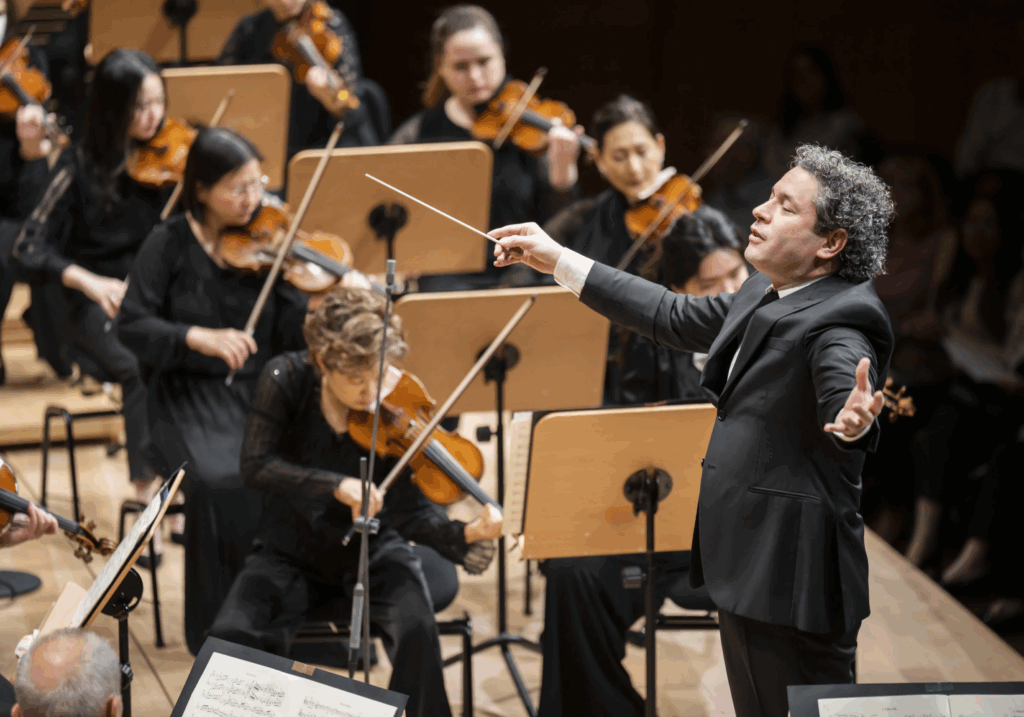
Gustavo Dudamel conducting the The New York Philharmonic.
Gustavo Dudamel and Yunchan Lim with the New York Philharmonic, at David Geffen Hall (September 16): Bartók’s Piano Concerto No. 3 is a consummate delight. Left slightly unfinished at his death in 1945, it was born from a period of renewed optimism after his demoralizing flight from Hungary at the start of World War II. Tonal and lovely, the concerto employs the shimmering Lydian mode, harking back to Beethoven and also imparting a distinctly American note to my ear (contemporaneously, Aaron Copland was using the mode to evoke Appalachia and the American West). Yunchan Lim, the barnstorming young pianist, joins the New York Philharmonic and its incoming music director, Gustavo Dudamel, for the last of several performances of Bartók this Tuesday, along with the world premiere of Leilehua Lanzilotti’s of light and stone and a pinnacle of the American canon, Charles Ives’s Symphony No. 2. —IS
Dispatch:
“Turning a blind eye,” by James Bowman. On the media’s coverage of Charlie Kirk’s murder.
From the Archives:
“Delacroix at the Met,” by Karen Wilkin (June 1991). On “Eugène Delacroix: Paintings, Drawings, and Prints from North American Collections,” at the Metropolitan Museum of Art.

















